Air-sealing and insulating the attic will improve upstairs temperatures and cut your utility bills.
Upstairs rooms (those directly beneath the attic) suffer the most when the attic isn’t well insulated. In the summer, these rooms are often uncomfortably hot even though other parts of the house are pleasantly cool. During winter months, the problem reverses: You really have to crank up the heat to take the chill out of upstairs areas.
Don’t blame the HVAC system
It may see logical to blame your HVAC system for uncomfortable upstairs rooms. After all, your heating and cooling systems are supposed to maintain comfortable temperatures throughout your living space. But when indoor temperatures vary from room to room, this often indicates problems with air leakage and inadequate insulation rather than with the HVAC system.
Consider an affordable upgrade that never wears out or requires maintenance
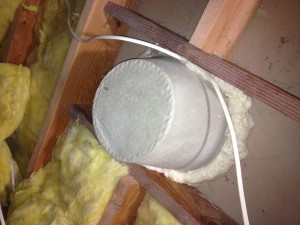
Seal leaks, then add insulation. Use airtight covers and spray foam to seal major air leaks around “can” lights in the attic.
Air-sealing and insulating your attic is less expensive than replacing your HVAC system. It’s also a “once-and-done” upgrade that improves comfort and energy savings for the life of your house.
In fact, research has shown that when your attic is air-sealed and insulated according to Dept. of Energy guidelines, HVAC costs can be reduced by as much as 40%!
Until recently, common construction practice (as well as outdated building codes) allowed houses to be built with attics that were poorly insulated and extremely leaky. It’s no wonder that so many houses have rooms that are too hot or too cold at certain times of the year.
The first step to correct this comfort and energy problem is to air-seal the attic and upgrade attic insulation. For more information about insulating your attic, click here.

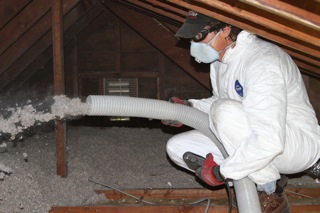
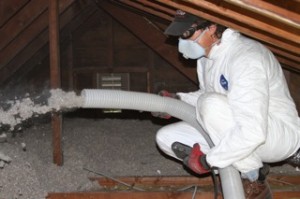


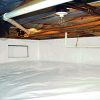
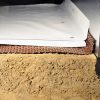

There’s a zone map that shows how much insulation is recommended by the Department of Energy at the bottom of this page: http://www.drenergysaver.com/insulation.html